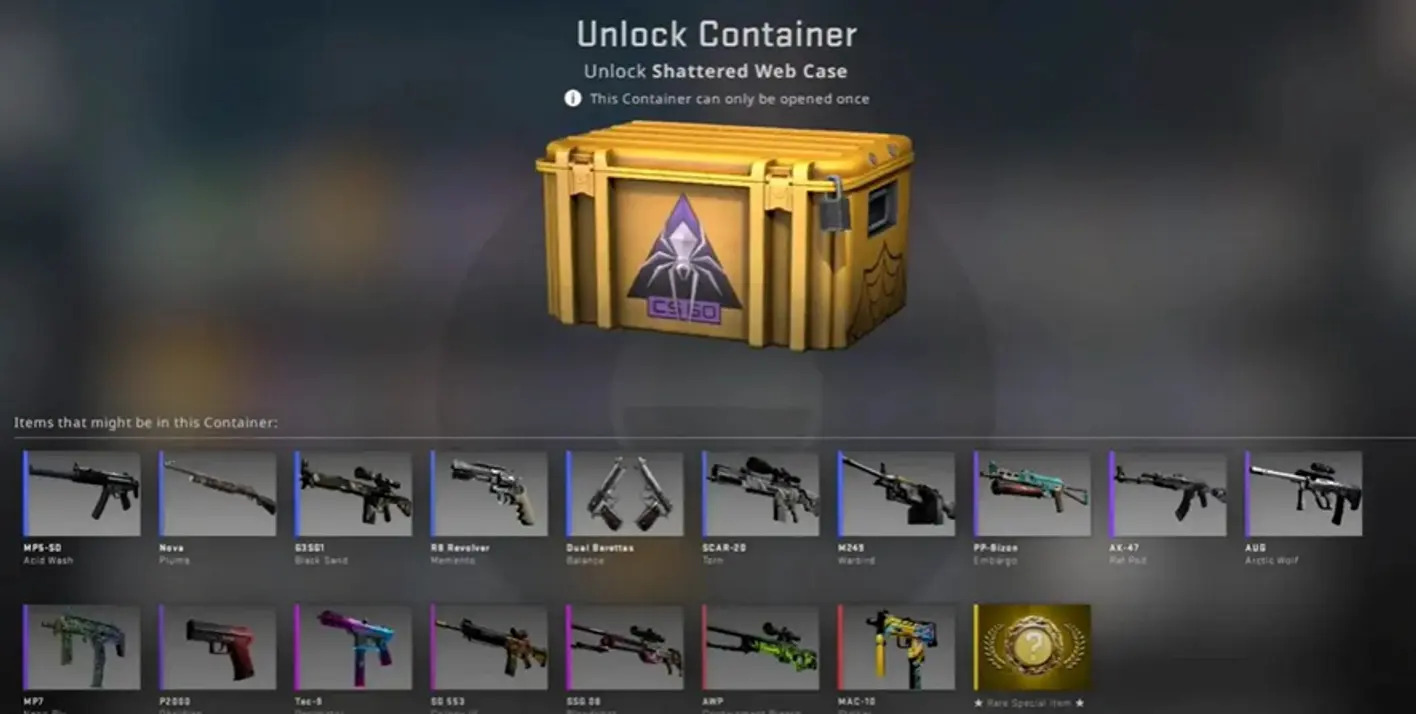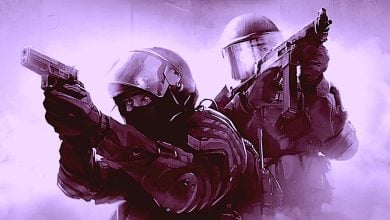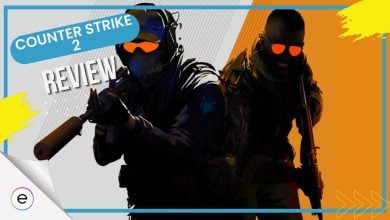Story Highlights
- Counter-Strike 2 skins are in-game cosmetics that change how weapons look.
- They were added back in a 2013 update and have since become a thriving market.
- Find out the rich history, economic, and ethical impacts that CS skins have had on the game.
Anyone familiar with Counter-Strike: Global Offensive—or the new Counter-Strike 2—has likely heard of all the craze about skins. But for those not in the know, these in-game cosmetics alter the look of weapons. These skins can be unique, expensive, and hard to get, which makes them a profitable and lovable collectible in the industry. It is fair to say their impact spreads across much of the gaming industry.
While these visual changes don’t directly affect our CS2 gameplay, one cannot deny their representation of individuality, creativity, and personal identity. The FPS becomes much more fun whenever I’ve equipped a skin that appeals to my heart, and I doubt it’s only me.
This write-up will serve as everything you need to know about Counter-Strike skins, spanning from their rich history to the booming trading market scene that has enveloped the FPS since their introduction.

The Prolific History And Evolution Of Skins
Before the official addition, weapon skins in CS were still usable via mods. Their popularity was so paramount that Valve soon took notice and introduced them in the 2013 “Arms Deal” update, which allowed players to get skins through cases, drops, and trading. The decision to take weapon skins under official control paid off, as it completely revolutionized Counter-Strike as we know it.

The appeal of weapon skins could be seen everywhere in the CS community, and it also attracted many new players. The feature kept evolving throughout the years, with the addition of more weapon cases, in-game events, and more. This has resulted in a huge market to form solely around skins.
Counter-Strike 2 takes the feature to a whole new level, making these cosmetics look even more vibrant with improved visual fidelity.
Trading Market And Case Opening Platforms
The trading market surrounding Counter-Strike skins is a giant can of worms. To simplify, CS2 skins are collectible items that fluctuate based on the principles of supply and demand. So, there’s a whole thriving market built around trading weapon skins. The most straightforward way to trade skins is through the Steam community market. Players can offer each other deals and safely complete them once both parties agree.
However, secure and leading CS2 case-opening websites, such as Hellcase, are also quite a popular choice. Players often prefer these sites over Steam due to various benefits, including lower fees and receiving free CS2 skins.
You can expect to find a huge case variety and perks on these sites, such as Trade Up Contracts, which allow players to trade undesirable game items for preferred ones.
Can someone explain the hype about skins?
byu/ItzYaBoiSatan inGlobalOffensive
The Counter-Strike 2 trading market is so robust that some players use skins as real-life investments. Rare skins, with unique patterns and increasing rarity, can fetch you a pretty penny after they keep appreciating in the market.
Cultural Significance And Impact
While thinking about Counter-Strike 2 weapon skins, I cannot help but also ponder their cultural significance in the fandom. These cosmetics are not only popular because of their value but also because of the sentimentality and identity of the players.
Owning rare skins could help you gain recognition and praise from other players. A certain skin could also mean a lot to you if you were gifted or obtained it after much difficulty. Players may also use cosmetics to express themselves and embrace a certain style that suits them best.
https://twitter.com/BlkkheadCS/status/1733492312523583999
Similarly, CS weapon skins have served as inspiration for many games, including Overwatch, Valorant, and PUBG. These titles include similar weapon cosmetics, showcasing how much of an impact Counter-Strike has had on the industry.
Ethical And Gambling Concerns
Unfortunately, not everything is rainbows and sunshine in the CS weapon skin industry. Their association with rampant gambling and a lack of regulation has led to a toxic environment for underage gamers. Potential scams are also often a concern when trading is done via insecure sources. Market manipulation is another issue; player groups can artificially affect skin prices, which negatively impacts the CS skin market.

Some players can also grow obsessed with collecting them, which leads to excessive spending. Additionally, the culture around weapon skins can become dangerous because of a potential class divide. Some players with a slew of rare skins may think they are superior and draw a distinction between casual Counter-Strike 2 players.
Overall, the skin market in CS2 is full of intricacies and perspectives that cannot be ignored. While ethical impacts are always a concern, one cannot deny how important these additions have become to the Counter-Strike community. I reckon the best way to approach and enjoy skins is to be moderate and not participate in any illegal ways to obtain them.
Thanks! Do share your feedback with us. ⚡
How can we make this post better? Your help would be appreciated. ✍



